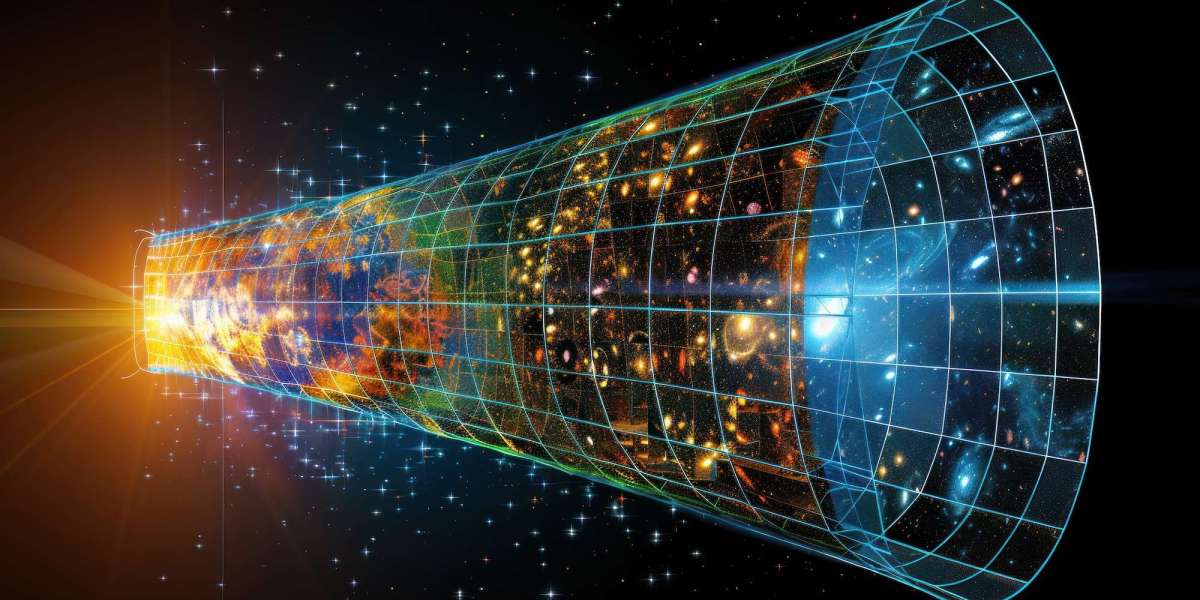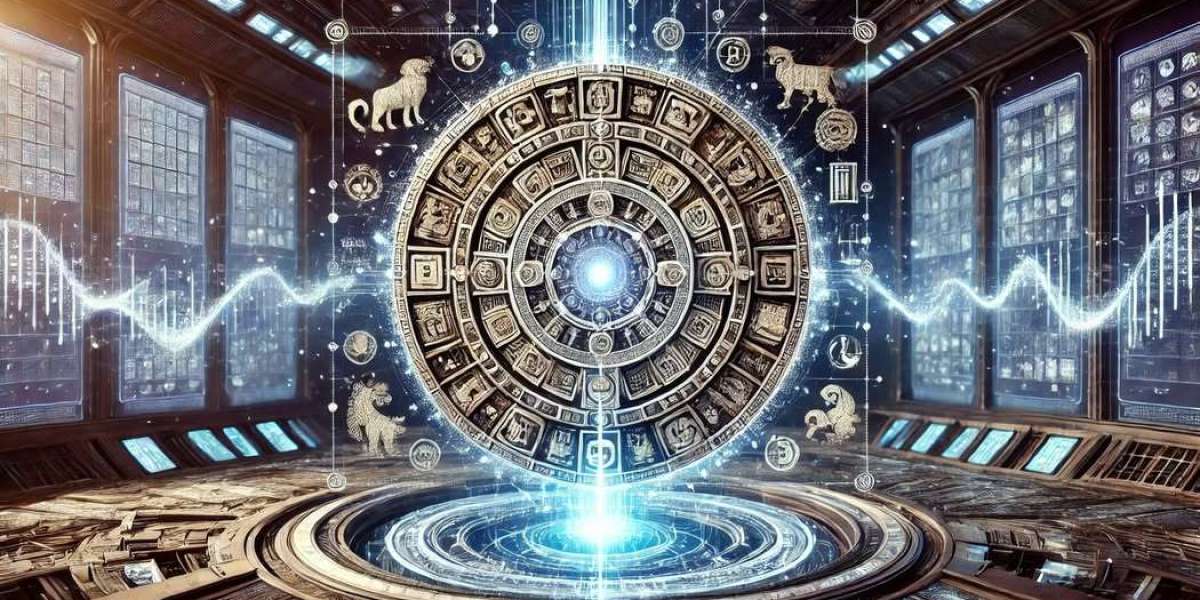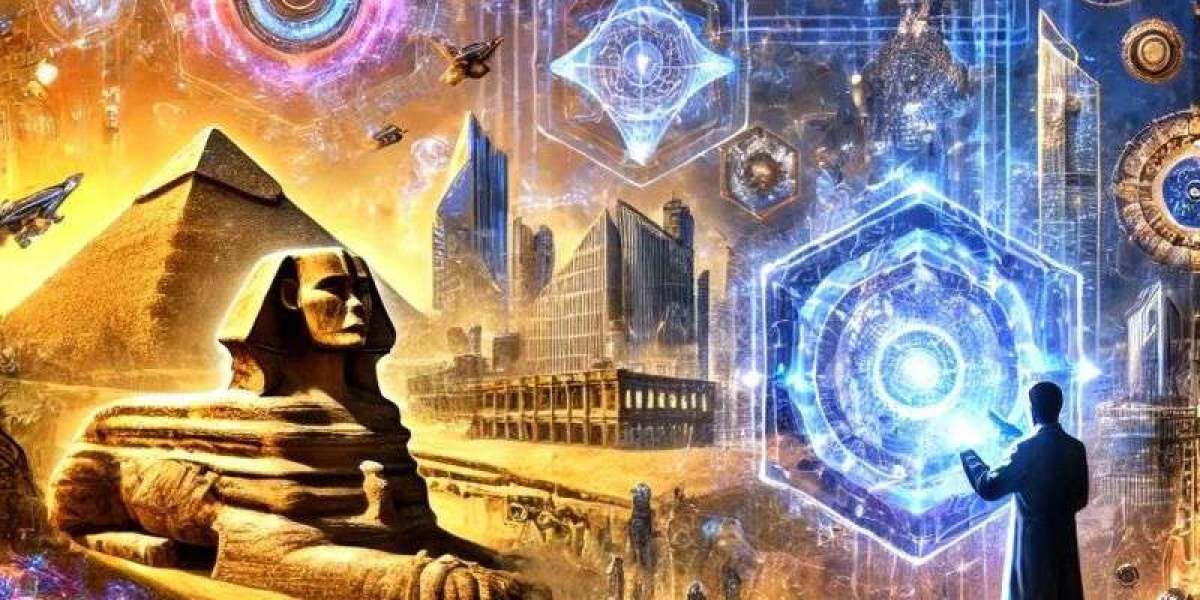Presentation Note :
Title of the Contribution:
Toward a Spectral Quasi-Periodic Cosmology: Interference Between Noncommutative Geometry, Yang–Mills Theory, and Aperiodic Tilings
Author: Riadh Djaffar Mellah
Date of Publication: July 2025
Category: Fundamental Theories / Cosmology / Mathematical Physics.
In this pioneering contribution, Riadh Djaffar Mellah presents a groundbreaking cosmological framework that synthesizes several of the most sophisticated concepts in contemporary theoretical physics: noncommutative geometry (Connes), aperiodic tiling structures (Penrose), matter waves (de Broglie), and gauge theory (Yang–Mills).
The proposed model envisions the universe as a quasi-periodic, vibrational toroidal entity, structured by a spectral dynamic in which black holes act as transformative agents—recycling matter into waveforms through an extended gauge-coupled spectral geometry.
At the heart of this construction lies a living spectral singularity, denoted Ψ(S), which encapsulates the coupling of gravitational masses, gauge memory, and vibrational frequencies. Through the use of the spectral action principle, enriched with internal symmetries, the model lays the foundation for a post-quantum approach to cosmology that bridges algebraic geometry, field theory, and harmonic analysis.
This work aligns with SPACESORTIUM’s mission to promote speculative, rigorous, and interdisciplinary thinking at the intersection of science, technology, philosophy, and cosmology. It offers a conceptual toolbox for those seeking to go beyond standard cosmological models, and explore the vibratory, informational, and structural nature of the universe.
Abstract :
We propose a cosmological framework grounded in three major theoretical pillars: noncommutative geometry (Connes), the aperiodic structure of spacetime (Penrose), and the wave–particle duality (de Broglie), extended by dynamic gauge connections (Yang–Mills). The universe is modeled as a quasi-periodic toroidal vibratory entity, where black holes act as spectral transformers, converting matter into waveforms coupled with internal symmetries. The system is formulated through spectral triple formalism, with a gravitational action enriched by non-Abelian gauge dynamics, and a central singularity Ψ(S) functioning as a generator of cosmological resonances.
1. Formal Framework :
1.1 Noncommutative Geometry :
Spacetime is described by a noncommutative algebra acting on a Hilbert space
, with a Dirac operator D forming the spectral triple :
The coordinates satisfy the commutation relation :
where θ\theta is a local function related to the energy density. This structure encodes quantum gravitational fluctuations geometrically.
1.2 Aperiodic Structure (Penrose Tilings) :
Spacetime is tiled via quasi-crystalline aperiodic networks exhibiting pentagonal symmetry, as in Penrose tilings. These structures generate global coherence without local periodicity, producing nonlinear harmonic resonances within cosmological fields. The geometric substrate introduces fractal-like vibratory properties.
1.3 Matter Waves (de Broglie) :
Each particle is associated with a wave characterized by its de Broglie wavelength :
where hh is Planck’s constant and pp the particle’s momentum. This wave becomes the unit of cosmic transformation: black holes absorb matter and reemit spectral waves integrated into a global generating function :
which encapsulates the vibratory dynamics of the entire system.
2. Internal Gauge Fields (Yang–Mills Theory) :
Non-Abelian gauge fields are introduced via the Yang–Mills potential , with the associated field strength tensor defined by :
These gauge fields are incorporated into the spectral framework through connections on vector bundles over the noncommutative base space. Each wave carries internal gauge memory, enriching the regeneration process governed by Ψ(S).
3. Spectral Singularity and Cosmological Generator :
The spectral singularity Ψ(S) integrates the mass-frequency modes of black holes with their internal gauge states:
Here :
-
is the mass of the ii-th black hole,
-
is its vibratory frequency,
-
is a unitary matrix representing the internal gauge configuration.
This constructs a coupled spectral field, linking gravity, matter, and symmetry transformations.
4. Extended Spectral Gravitational Action :
The dynamical evolution follows an extended Connes–Chamseddine spectral action :
Where:
-
is a smooth cutoff function,
-
is a cosmological energy scale,
-
is the Dirac operator acting on the Hilbert space,
-
is the total spectral wavefunction.
Gauge fields induce vectorial spectral perturbations of , contributing to spacetime regeneration through harmonic coupling.
5. Predictions and Experimental Implications :
-
Anisotropic spectral signatures in gravitational waves due to gauge couplings
-
Depolarization patterns in gravitational wave data, modulated by vector fields
-
Quasi-periodic resonances in the cosmic microwave background (CMB) spectrum
-
Fractal spectra in the distribution of fundamental constants, emerging from the spectral properties of
.
-
Topological memory traces from black hole evaporation, encoded in gauge modules
Conclusion :
This model lays the foundation for a vectorized spectral cosmology, where spacetime is no longer merely a passive stage but a living noncommutative fibered space, modulated by aperiodic geometry and internal gauge symmetries.
The cosmological dynamics is interpreted as a harmonic interplay between geometry, quantum fields, and internal resonances — a post-quantum vision of gravity in which the universe emerges as a crystalline wave-function, rhythmically regenerated by its own spectral singularity.
Appreciation Note :
Riadh Djaffar Mellah's contribution represents a bold and intellectually refined effort to reimagine cosmology from first principles, rooted in some of the deepest mathematical and physical structures known to date.
By fusing Connes' spectral triple framework with Yang–Mills gauge theory and Penrose's aperiodic geometry, the author formulates a unified spectral vision of the universe, where matter, geometry, and symmetry are woven into a coherent field of cosmic resonance.
This text distinguishes itself by its mathematical elegance, its philosophical depth, and its theoretical audacity. It calls upon the scientific community to listen to the universe not merely through data, but through structure, frequency, and harmonic coherence.
We at SPACESORTIUM highly value such contributions, which expand the boundaries of theoretical reflection and contribute to a new paradigm of cosmological inquiry—one in which the universe is not simply explained, but interpreted, composed, and ultimately understood as a living spectral symphony.









